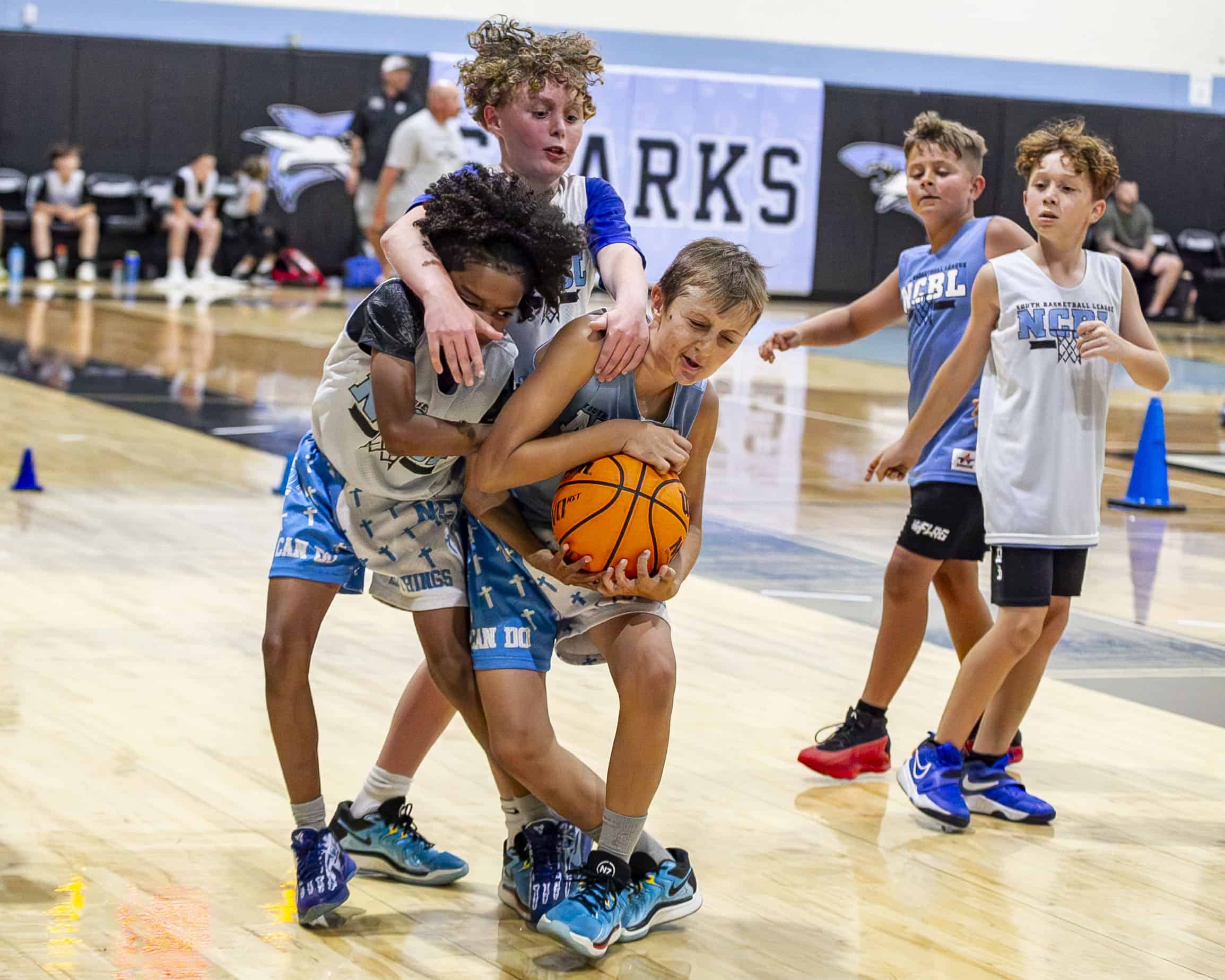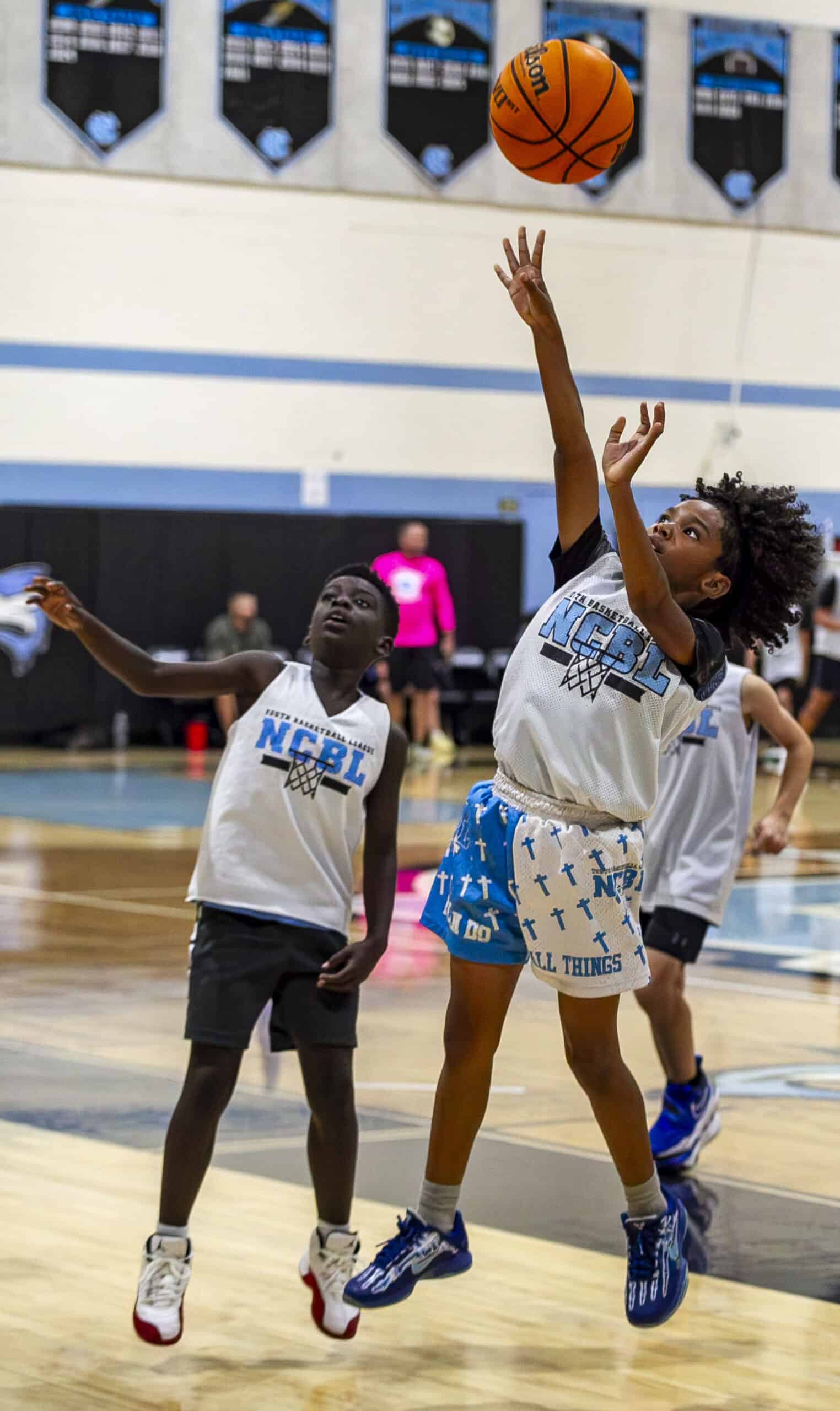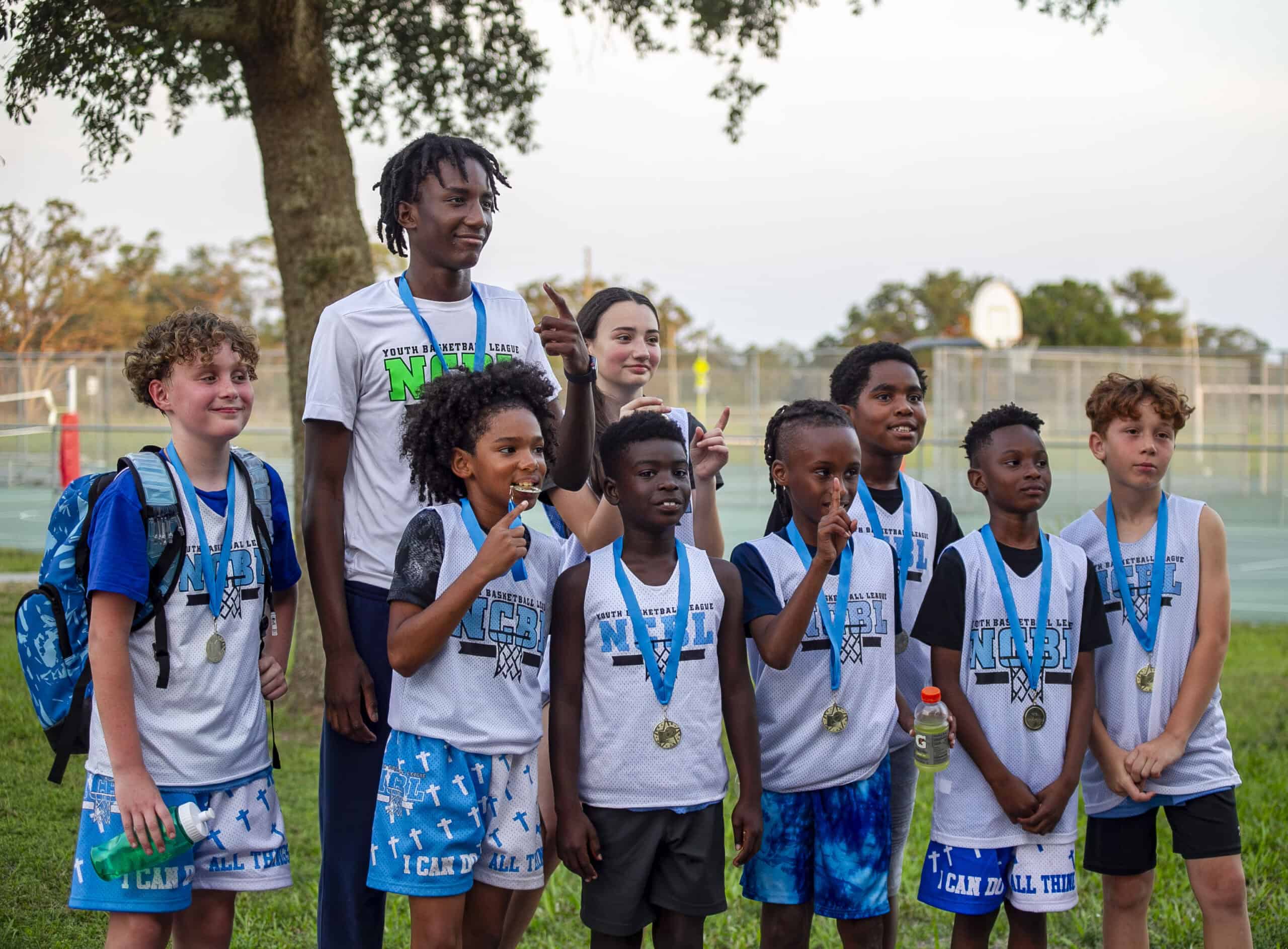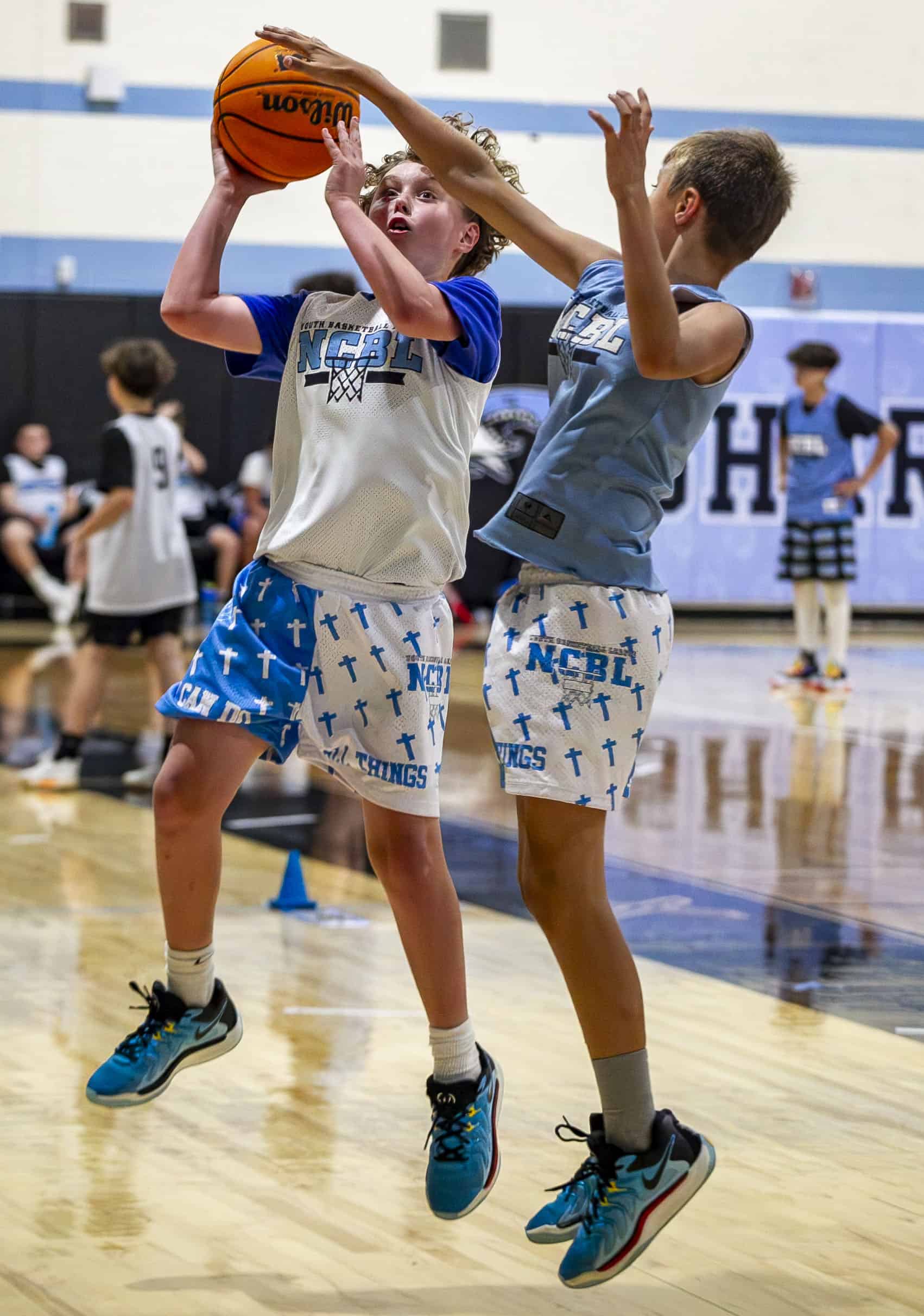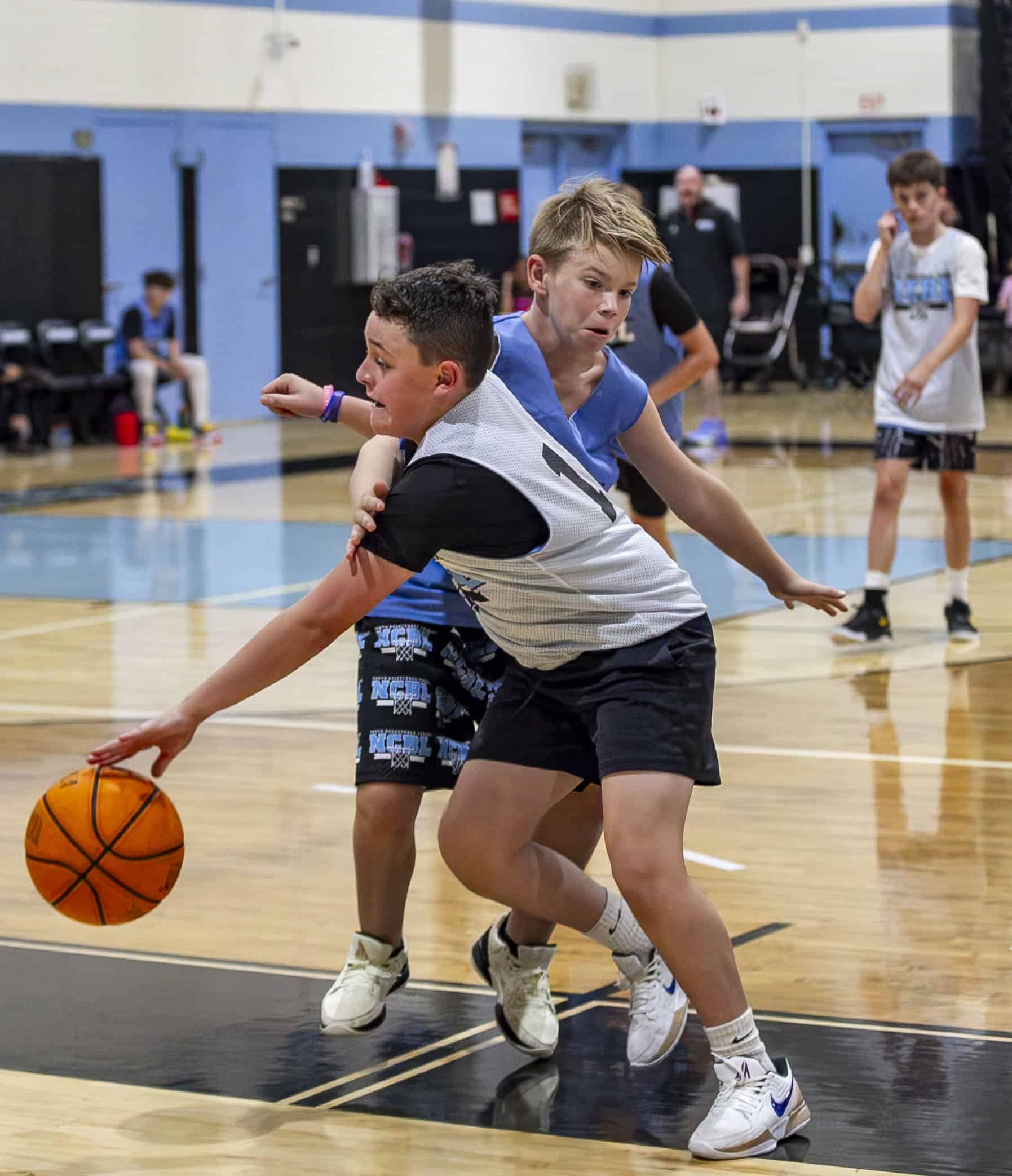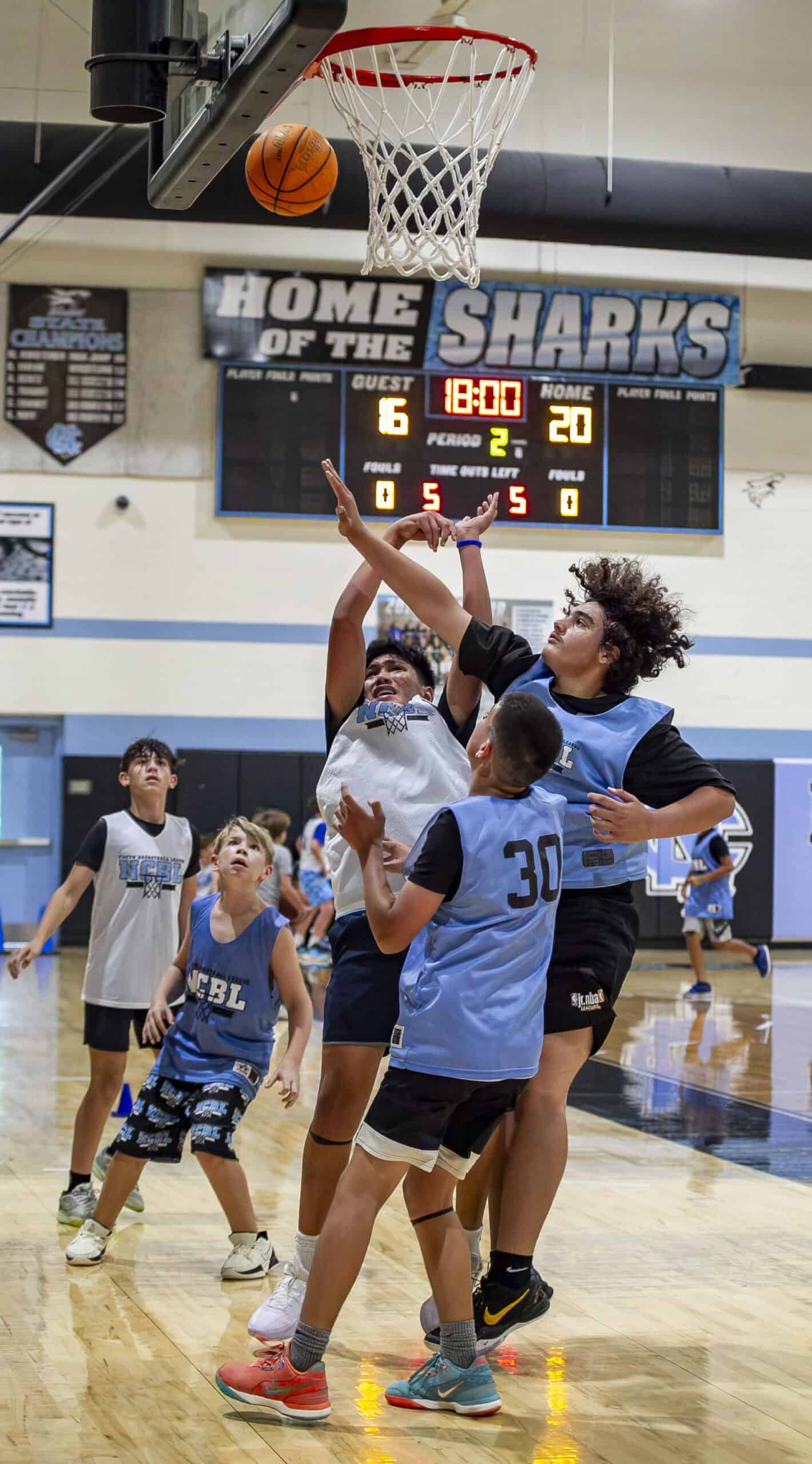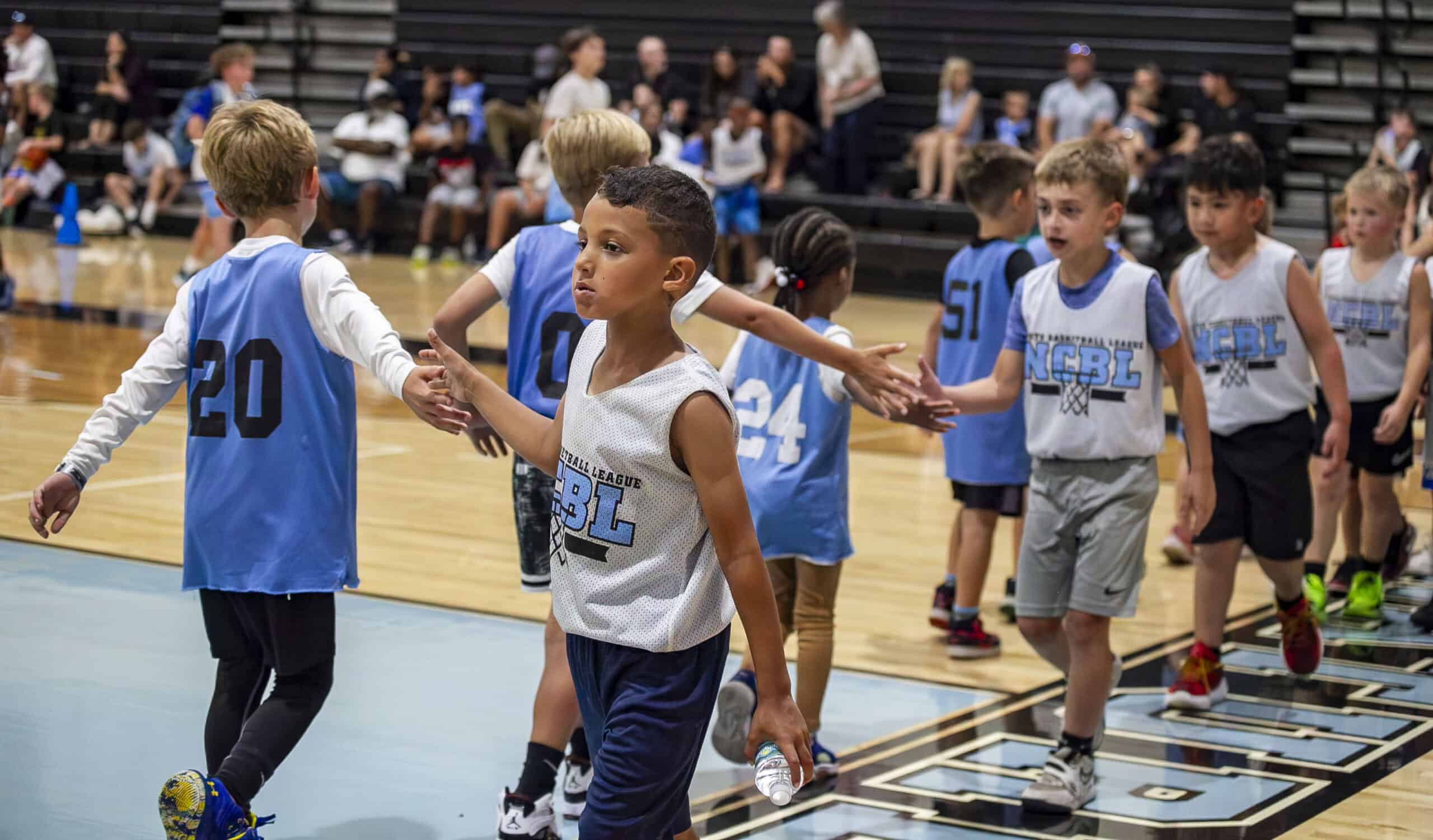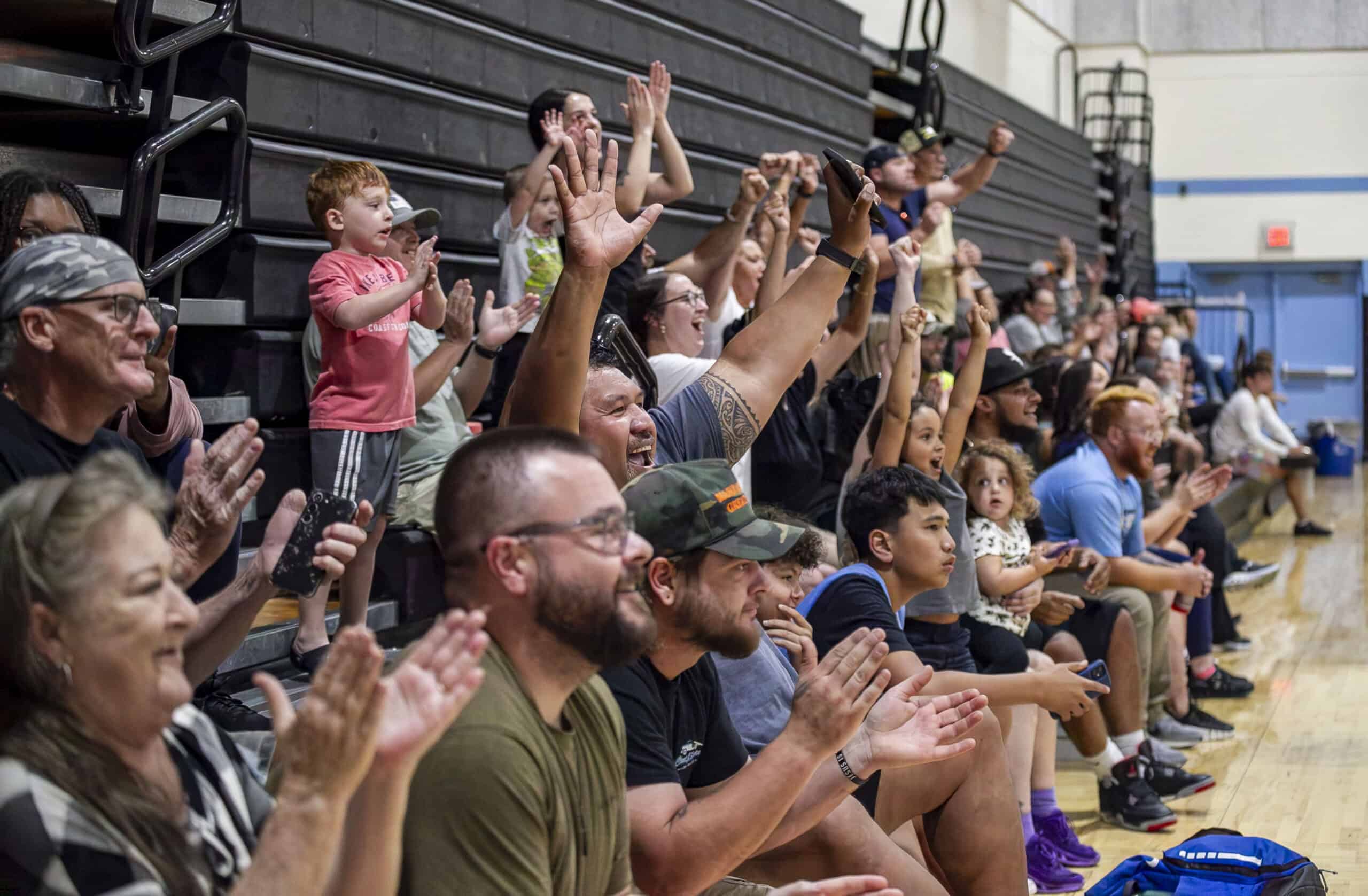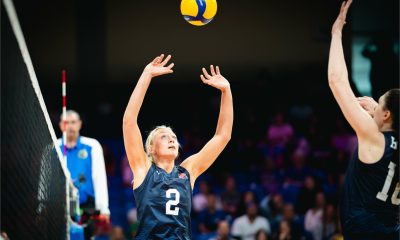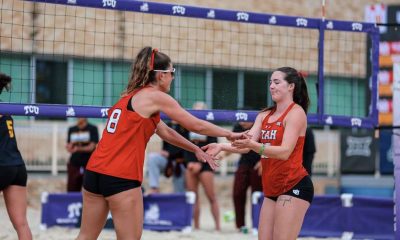It is Tuesday at the Athletic Fitness Center (AFC), and in the unnamed and undedicated 1,200 seat gymnasium that some (none) have called Poughkeepsie’s Cathedral Of Basketball, that means it is Intramural Night. The bleachers have been rolled back, two folding tables have been burdened with a portable scoreboard and players of all stripes are warming up on the auxiliary hoops that have been lowered for the games. Tonight, Vassar’s hobbyist athletes will not play on the main court, but on two perpendicular side courts, with lines so faint that there will be several resultant misplays and accidental step-outs. There will be baffling gameplay tonight—things you never thought you would see on a basketball court. There will be stepback jumpers in a different area code than the rim. There will be chanting. There will be basketball.
I myself am a bit of a participant in Vassar’s intramural basketball tapestry. This year, I have played in two games, starting neither. I have one point: a free throw off a perfect block miscalled as a foul (I missed the second one). It is the most points I have scored in organized ball since freshman year, when I scored four points on a lights out 2/2 from the field. Tonight, though, I am on the sidelines, watching my team, the Oarsmen, get blown out by 50 points. I am not joking. It is like 34 to 75.
When you are a journalist, your personal life is inexorable from your professional life. You get mugged and you pick up the crime beat. You make friends with a security guard and do a piece peering into their life. You have a baby and suddenly you are doing crib reviews. So, watching my friend Alex get posterized by a varsity basketball player, a journalistic question arose: Why? Why were we losing this game by fifty points? Why, during my career in Vassar intramurals, had I seen so many fights nearly break out on the court? Why were people trying so damn hard?
As I pondered these questions, I realized that what I thought was a simple question about athletic temperament was far more than that—a rollicking ride through the nature of competitive and recreational athletics, the nature of failure and why exactly so many of us choose to spend our time playing a children’s game.
— — — — —
Vassar’s sports have always been a punchline. Way back in 1950, before we were coed, there was a joke on the “Burns and Allen Show”: Gracie Allen knew so little about football, she “couldn’t pick the winner if Notre Dame was playing Vassar!” My rowing coach, who went to Williams in the 1970s and played on the men’s soccer team, said that tying against the Vassar men was akin to being castrated. At this typically elite college, expectations for athletics have always been very low.
“When I started refereeing intramurals at Vassar, I didn’t think this was going to be super high level soccer or basketball. I’m sort of pleasantly surprised in some ways that it is pretty competitive,” says Ben Masur ’27, a student referee employed by Vassar Athletics. Student referees are the unsung heroes of the intramural system, eschewing the typical Soviet-style make-work jobs that most students snag in exchange for a job that requires you to be on your feet and, potentially, in other people’s faces. Anybody who has participated in intramural sports at Vassar knows that participants sweat, cry and bleed for their shot at the coveted Intramural Champions shirt, whose iconic design can be seen around campus. The passion in the air on intramural nights is palpable.
“I remember one of the first games I reffed was a faculty soccer game. I remember there was a play-in corner near me, and the [faculty member] just decked a kid. Definitely a foul. But I remember him saying ‘shoulder, shoulder, shoulder!’ I remember just thinking ‘Man, are we really taking intramurals so seriously here at Vassar? I didn’t realize I was going to get this much flack for calling what I thought was an obvious foul.”
Masur is only halfway through his Vassar College umping career, but he has seen a lot during his short time on the job. A lot of the most passionate intramural participants, he observed, are formerly high-level athletes: “You have people who played a sport or two in high school and didn’t think they would be able to play at college.”
What Masur is describing is a fundamental aspect of the intramural experience that is largely unsung: getting totally waxed by a couple of dudes who are not quite good enough to make the varsity team, but still played in high school enough to pick your pocket and drain three after three. It is in those moments when you realize just how big the gulf is between those players, who could not get recruited to Division III, and you. It is less of a gulf and more of an ocean. In the words of Brian Scalabrine, “I’m closer to LeBron than you are to me.”
And about those kids who did not get recruited: There are millions of them ascending to higher education each year. College is often depicted as a time of new beginnings, but it is also a time of vast, unprecedented endings in a teenager’s life. According to data from the NCAA, more than eight million high schoolers participate in amateur sports every year. But, of all those amateur athletes, only about half a million go on to play in college. For the most popular high school sports—basketball, American football, track and soccer—conversion rates are particularly abysmal, hovering between three and seven percent. Those are acceptance rates worse than Ivy League colleges, and they represent a fundamental hardship of modern athletics: At some point, you will be asked to quit playing the game you always have. When you peer through the statistics, you realize what you are actually seeing is hundreds and thousands of failures.
Not everybody’s breakup with highschool sports is a raw affair. For many, sports was a way to keep in touch with a certain social milieu, or to avoid taking P.E. It would be an exaggeration to say all eight million high school athletes seek to continue into the collegiate circuit. But, for a multitude of children throughout the United States, getting rejected by a college coach is the first time they are told, without a shadow of a doubt, that they cannot do something they love.
“It was such a big part of my life,” says Ashley Butler ’26, a student at Vassar and former high school soccer player. “All my friends were getting recruited, it was all we talked about.” Butler, like so many other kids in the U.S., played high-level youth sports for a very long time. At the extracurricular club she played at, getting recruited was the standard, not the exception.
“I went to a lot of these showcases where coaches [from different colleges] would line up all along the field, at the 50, at the 20 and watch us play. They knew our numbers, and they would take notes on us as we played. It was so stressful.”
In many cases, these kids have specialized into athletics quite early, forgoing many of the other extracurriculars that look attractive to admissions offices. For those who want to go to an elite college, admissions support through athletics is a way to turn all that time spent into an alma mater.
“COVID happened my sophomore year, which is a big year for recruiting. I spent a lot of time making highlight tapes, sending stats to them, but soccer is more of a sport where you have to be seen playing multiple times. It crossed my mind that, if I don’t go to one of these schools that offered me, I would have to apply as a non-athlete.”
Butler ended up getting an offer at Vassar and played soccer here for two years before leaving the team for personal reasons. She is, despite all the anxiety about her status as an athlete, a success story. But what about all the students who do not get offered? What are they to do about this competitive urge that has been fostered since they were children?
They are playing intramurals.
“Some people are just super competitive and super into it and are quick to take their frustration out [on me]. It probably stems from doing so much with these sports, playing competitively from age six all the way through high school. You take that energy and attitude to intramurals,” says Masur. The competitiveness I see on the court each Tuesday and Thursday, it seems, is residual, a product of a bunch of kids who used to play competitively having to find an outlet in something fundamentally recreational.
— — — — —
There’s a line in “Moneyball,” a 2011 movie that dramatizes the Oakland Athletic’s improbable rise to the top of the American League, that encapsulates this situation. A scout is talking to a young player drafted by the Mets, and he says: “We’re all told at some point in time that we can no longer play the children’s game, we just don’t… don’t know when that’s gonna be. Some of us are told at eighteen, some of us are told at forty, but we’re all told.”
It is easy to see the tryhards of intramural sports as the bad guys. You show up to a game, expecting to have some fun, only to get blown out or, even worse, pulled into a tense, contentious matchup with lots of elbows and hurt feelings. But, personally, I was never told I could no longer play the children’s game. I washed out of organized sports when they started having tryouts and restricting medals to winners and runner-ups. I do not understand why participants feel the need to scream in Masur’s face on the court, but I have also never felt the sting of failure these kids have. The game ended a long time ago for me.
“I quit [varsity soccer],” says Butler, “because I fell out of love for the sport. It got to the point where it was taking so much out of me that the benefits were outweighed by the cost. I wasn’t getting better each practice.”
Intramural sports were her rebound, the setting where she learned to love the game again. Now, she says, “I get to make the choice to go and enjoy it when I want to.”
Knowing all this does not make it any easier to lose by 50 in the AFC. Towards the end of that game, I got pretty annoyed with this one kid who stayed on his side of the court, not playing defense, catching touchdown passes from his friends and banking unguarded three after unguarded three. This practice is called cherry picking, and it is generally considered bad manners, especially in a recreational league. What made it even more annoying was that the guy was absolute money from all his spots. He easily scored 25 points that night, and probably edged 30. It was ridiculous.
“That guy is good,” I remarked to a friend after the game.
“Yeah, he’s really good. He practices with the basketball team sometimes, but he didn’t make the cut.”
It’s hard to leave the game. It is even harder, I imagine, when you are the 16th man: the first one out, just not good enough for varsity. I will not condone cherry picking, but I might forgive it in this case. If it is that kid’s way of loving the game again, who am I to stop him? It is just a game. If we did not love it, we wouldn’t play.











